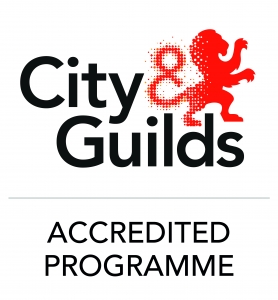If you require asbestos awareness training we offer online and classroom based training for you.
For groups we offer course bookings for your business employees only and can tailor additional information for your business. Groups bookings for up to 12 persons start at just £300.00 plus vat ( £25.00 plus vat pp) when training packages are purchased.
Online Asbestos Awareness can be purchased individually for as little as £7.50 per individual, for larger groups we can ensure you benefit from group bookings. Click the link to know more: Asbestos Training – SES Online Learning
We offer classroom based training packages at our premises, including free parking and refreshments for all attendees.
If you would like to know more about Asbestos Awareness Training or other specific courses then please just give us a call or email: admin@sestraining.co.uk for more information.




